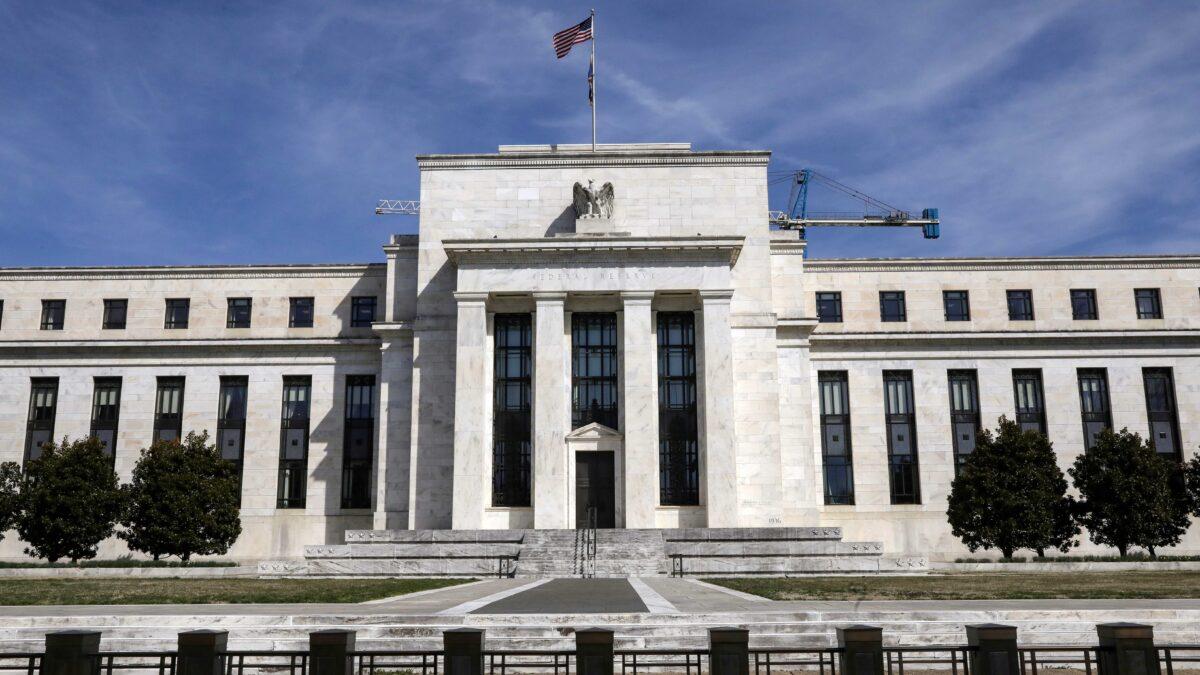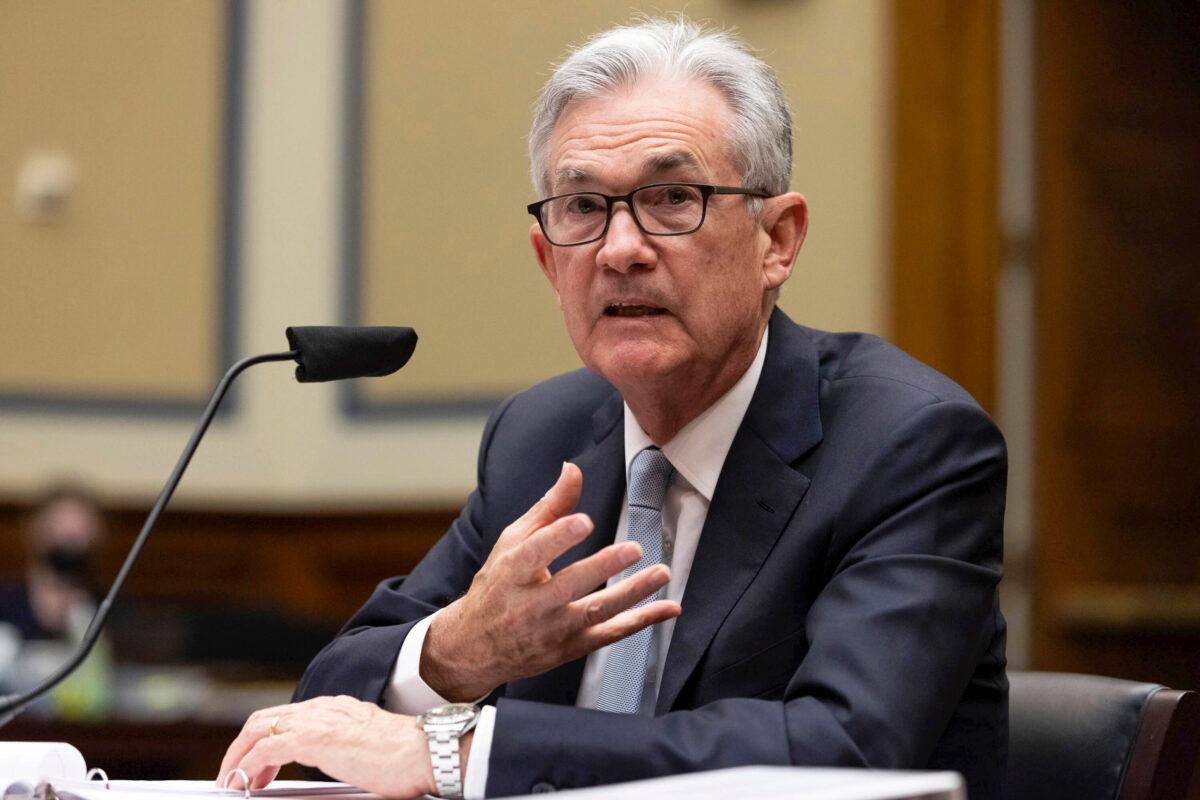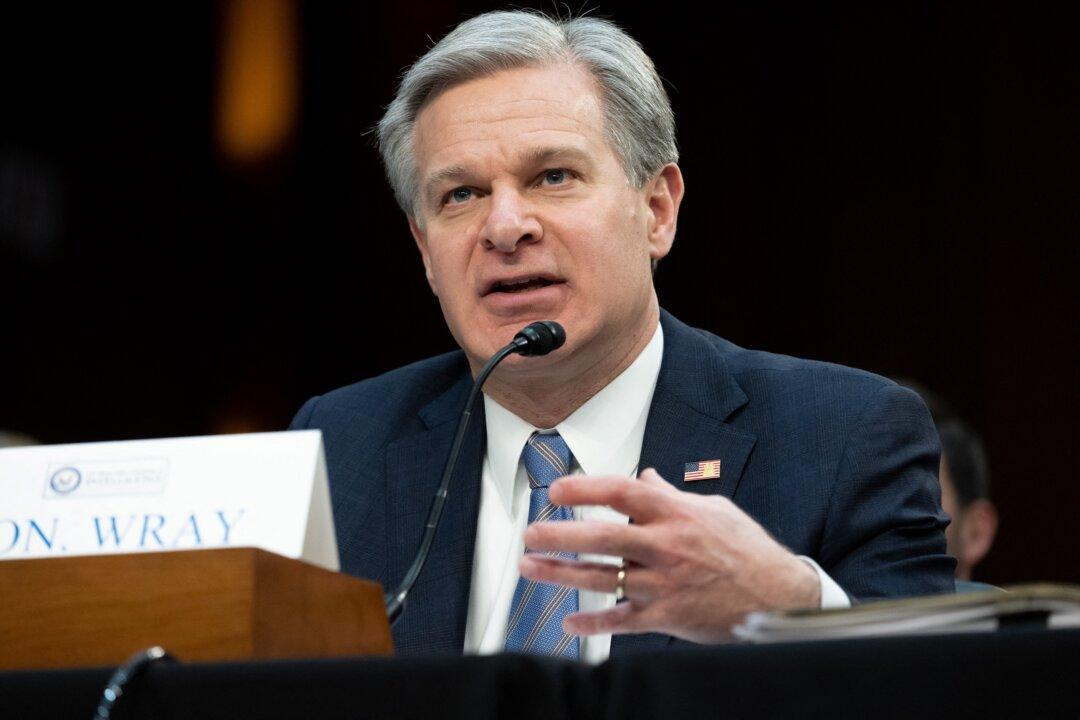Consumer prices, excluding the volatile food and energy components, soared well beyond the Federal Reserve’s 2 percent target in the year to June, reaching levels not seen since 1991 and reinforcing concerns about inflation.
The Fed looks to core PCE as the key inflation gauge that informs its monetary policy, which has an inflation target of a longer-run average of 2 percent.
While some economists have raised the alarm on inflation, Fed officials and members of the Biden administration have insisted that price rises are temporary, arguing that inflationary pressures will ease as pandemic-related supply chain disruptions are ironed out.

“The process of reopening the economy is unprecedented, as was the shutdown at the onset of the pandemic,” Powell said. “As the reopening continues, bottlenecks, hiring difficulties, and other constraints could continue to limit how quickly supply can adjust, raising the possibility that inflation could turn out to be higher and more persistent than we expect.”
But Powell reiterated his oft-repeated view that, in the next year or so, inflation will return closer to the central bank’s target of 2 percent.
“If we saw signs that the path of inflation or longer-term inflation expectations were moving materially and persistently beyond levels consistent with our goal, we’d be prepared to adjust the stance of policy,” he said.
On July 28, the Fed kept its overnight benchmark interest rate near zero and left its massive asset purchase program unchanged, with Powell saying at the press conference that the U.S. economy is still a ways away from making “substantial further progress” towards the Fed’s dual mandate of price stability and maximum employment.

Economists and investors have widely shifted their spectrum of concerns from slow growth, high unemployment, and deflationary pressures at the beginning of 2021, to inflation.
“You can’t speak to anyone in the investment field without having the fear of inflation come to the forefront,” said Robert R. Johnson, Professor of Finance, Heider College of Business, Creighton University, in an emailed statement to The Epoch Times.
Some economists have expressed concerns that if prices accelerate too fast and stay high for too long, expectations of further price increases will take hold, driving up demand for wages and potentially triggering the kind of wage-price spiral that plagued the economy in the 1970s.






Friends Read Free